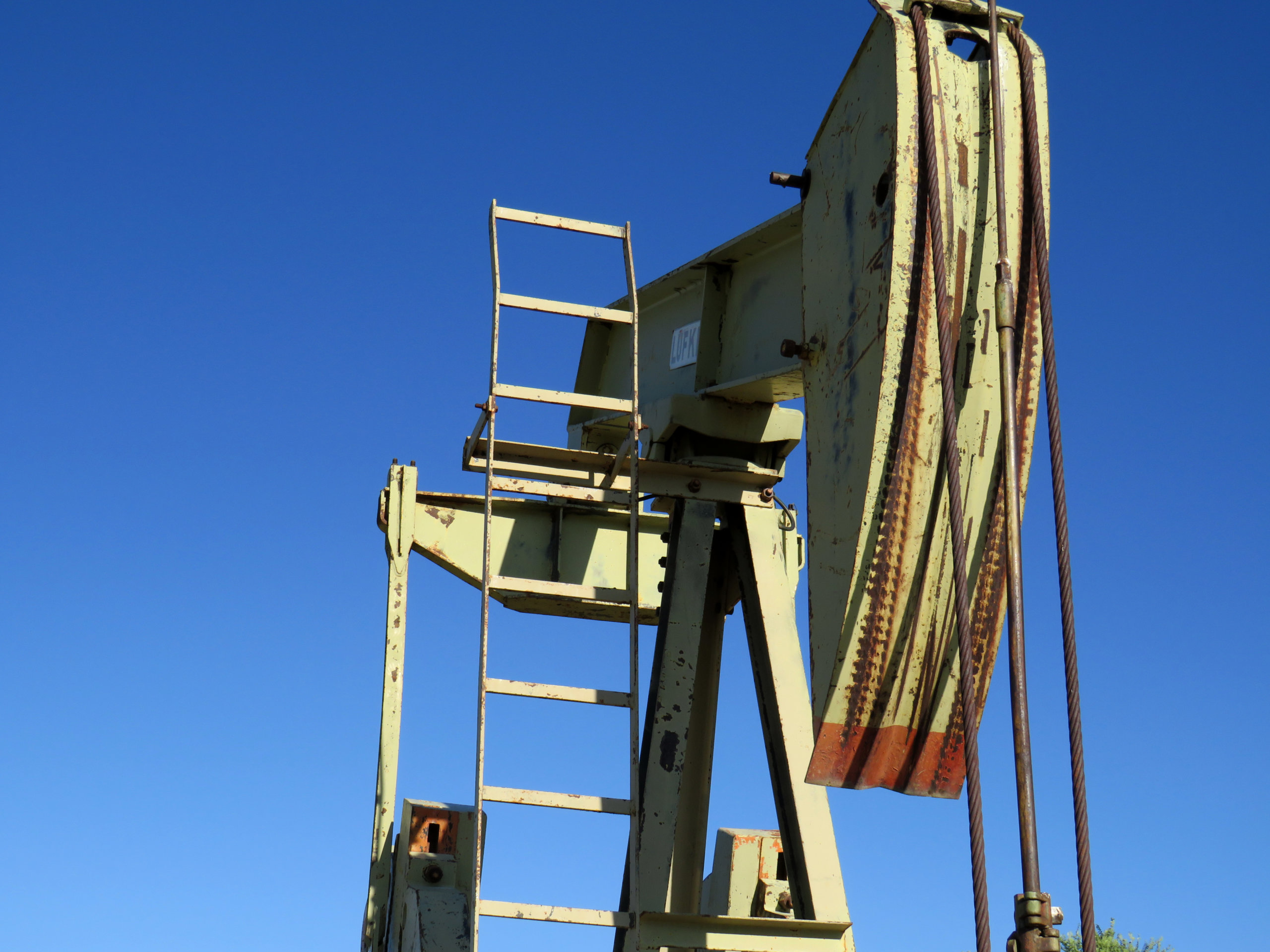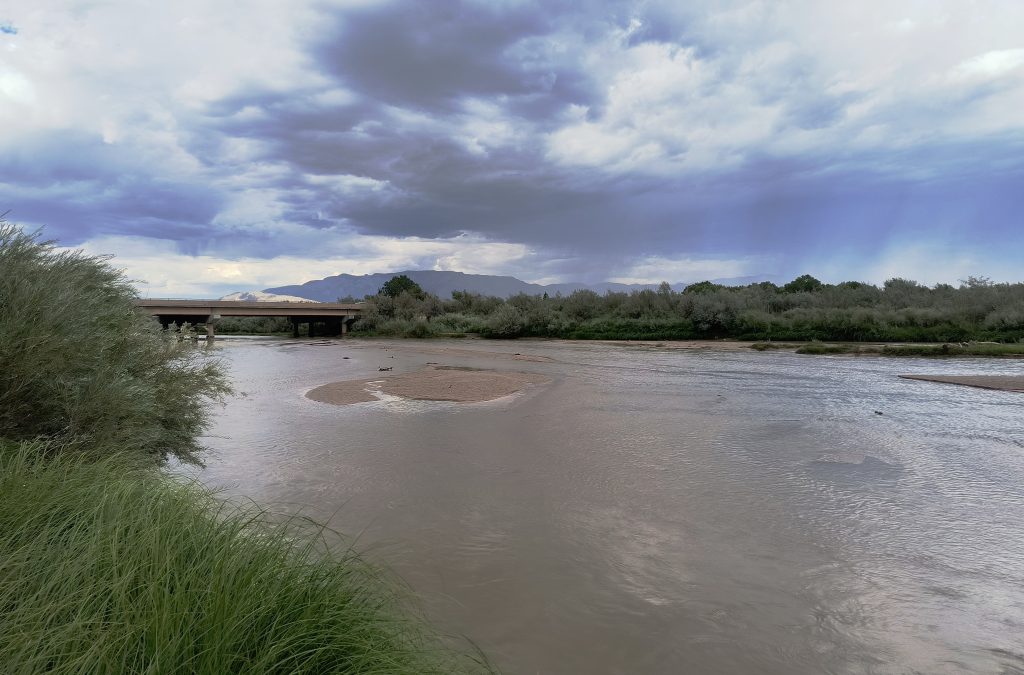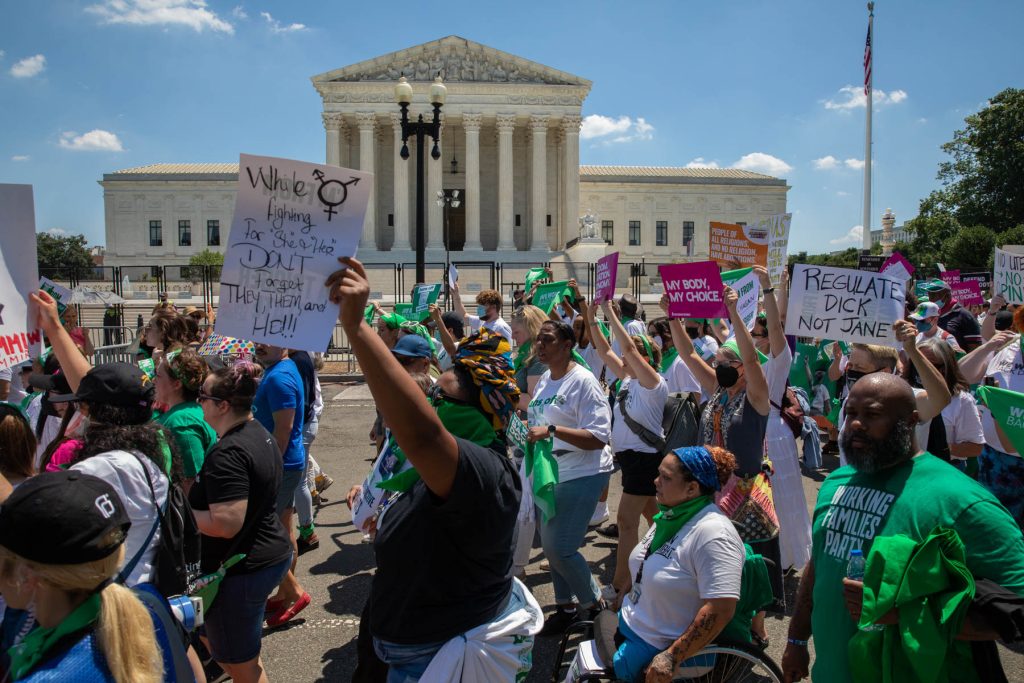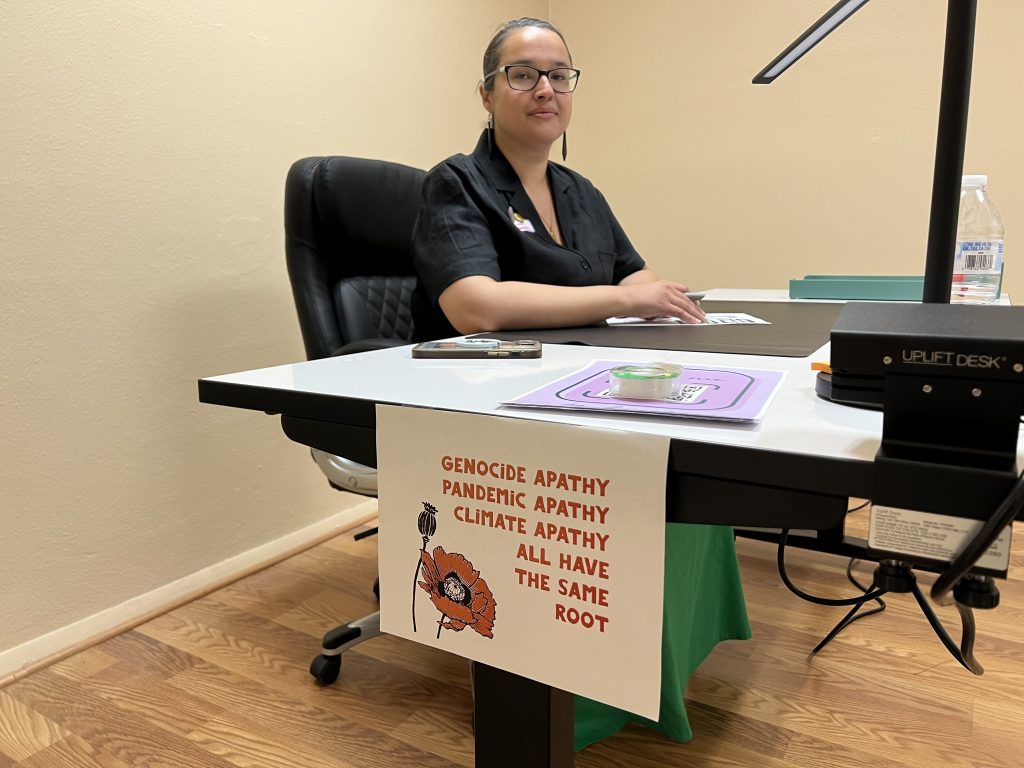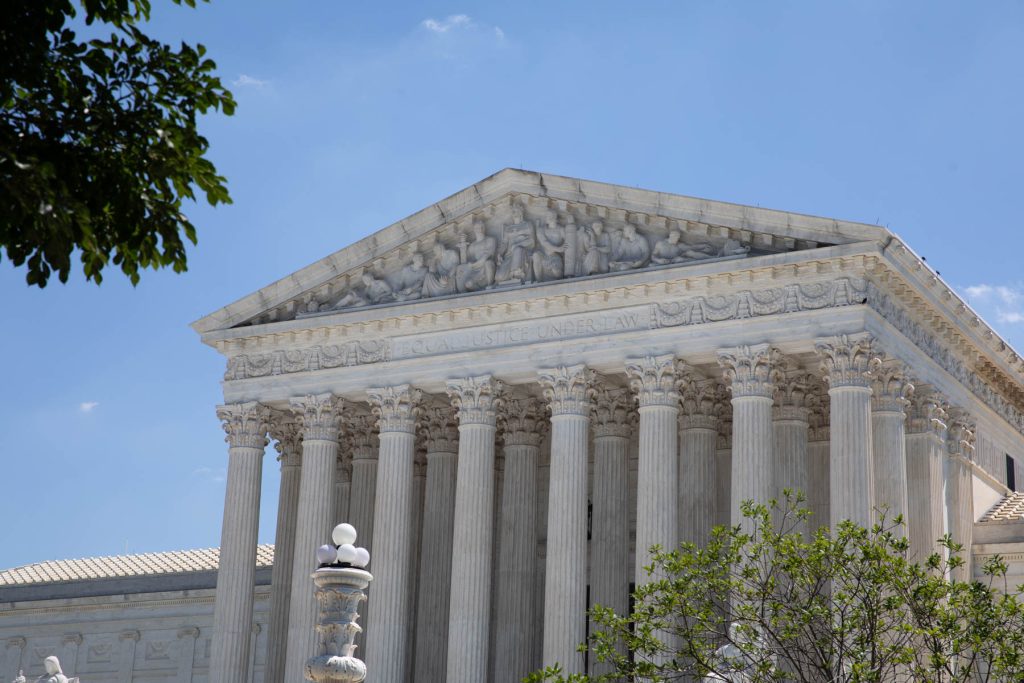Randy Pacheco, the chief executive officer of the San Juan Basin-based A-Plus Well Service, said the state’s workforce needs to be built up to address the orphaned oil and natural gas wells that dot the landscape in many states including New Mexico.
Pacheco was one of the panelists who participated in a roundtable-style webinar discussion about the federal orphaned well program and the Bureau of Land Management’s efforts to implement it. The bureau hosted the webinar, which drew hundreds of people, on Thursday.
The bipartisan Infrastructure Investment and Jobs Act that was signed into law in November provided $4.7 billion for clean-up, remediation and restoration at orphaned well sites. That led to the U.S. Department of the Interior releasing initial guidelines on Dec. 17 for states to apply for funding. The states had until Dec. 30 to notify the department if they were interested in applying for a formula grant, which is one of three types of funding opportunities the law made possible.
According to the U.S. Department of the Interior, this garnered overwhelming interest and 26 states submitted notices of intent to apply for formula grants. New Mexico was one of those states.
A preliminary analysis from that notice of intent process revealed that there are more than 130,000 documented orphaned oil and gas wells in the United States, Interior announced this week. That number is more than two times more than previously estimated.
Steve Feldgus, deputy assistant secretary for land and minerals management for the Department of the Interior, said that is “roughly twice the amount of documented orphan wells from just a couple years ago. And that’s not even including the countless numbers we don’t know.”
Jason Walsh, the executive director of the BlueGreen Alliance, also emphasized the need for a skilled workforce to address the orphaned wells. He said one of the goals of plugging the abandoned wells is to stop them from emitting methane into the atmosphere, which contributes to climate change.
“If we actually want to achieve the methane reduction goal of this program, we need to make damn sure that the workers who were doing the work are skilled enough to actually cap these wells effectively and that we’re not, we’re not seeing any leaks,” he said.
While the infrastructure bill provides billions of dollars to fund this effort, Adam Peltz with the Environmental Defense Fund said this will not be enough money to plug every well.
“Four billion dollars goes far, but it doesn’t go as far as you think given how expensive this work is,” he said.
Panelists said that plugging an orphaned well is not the same as plugging a well that hasn’t been abandoned, and plugging doesn’t include reclamation and remediation of the sites.
“Orphaned wells can be much more difficult than just a standard oil and gas well to plug because they’ve been out there for years and years and years,” said Jeff Leitzell, the executive vice president of EOG Resources.
He said equipment can be stuck downhole or the casing can have integrity issues, which can be costly to address.
But environmental activists who took part in the panel said it is important to plug, remediate and reclaim these orphaned well sites to protect human health as well as the environment.
Kayley Shoup, a Permian Basin resident and a member of Citizens Caring for Our Future, spoke about people she knows in her community who have cancer or other medical conditions that may be attributed to the oil and gas production.
Shoup refers to the Permian Basin as an energy sacrifice zone, or an area that experiences high levels of pollutants so that fossil fuels can be extracted.
“I don’t have all these stories of other people just because I am a girl who is particularly unlucky,” she said. “No. It’s because I live in a sacrifice zone.”
People who want to provide input and comments to the BLM can email [email protected].

